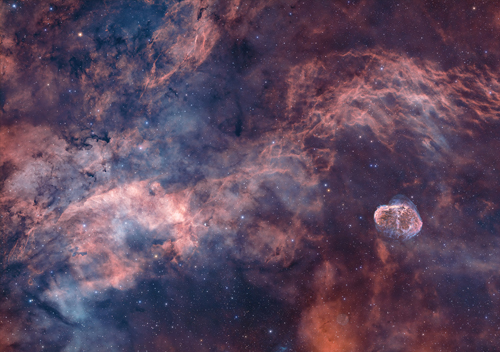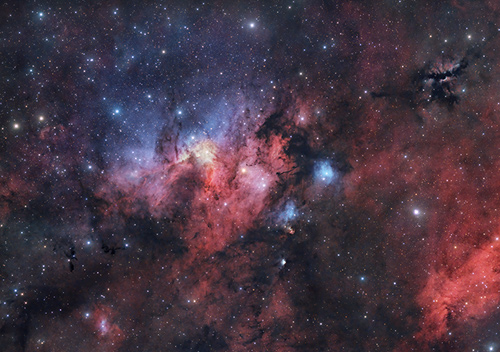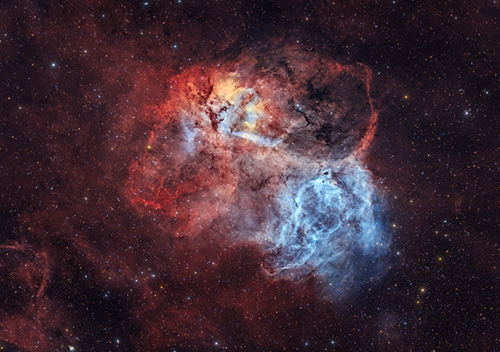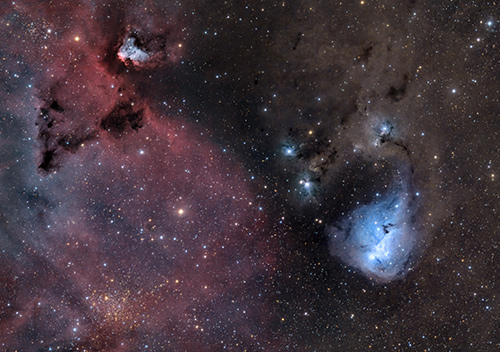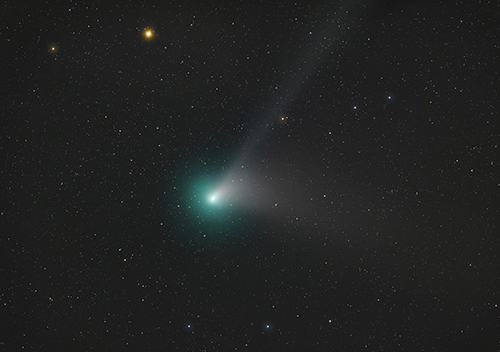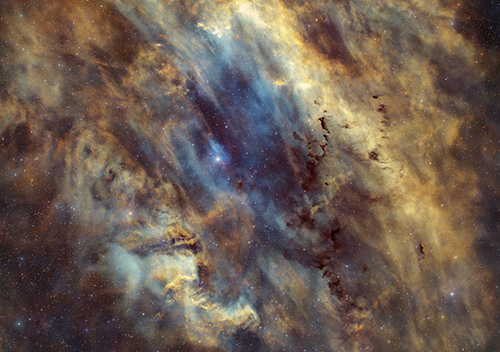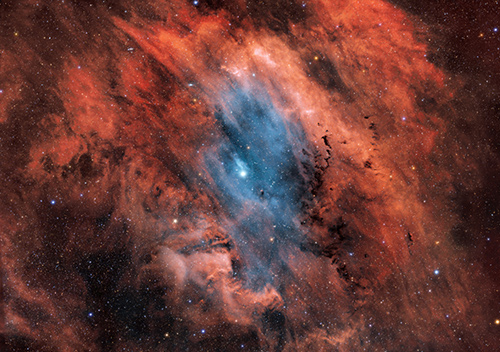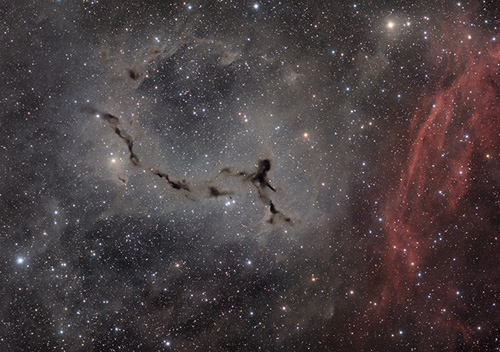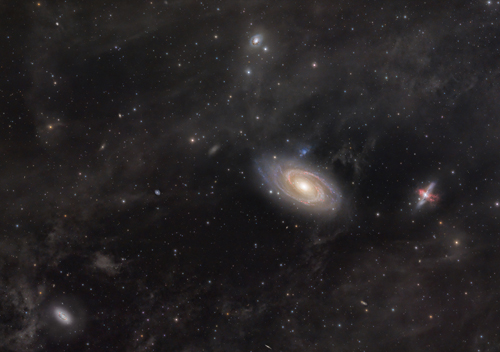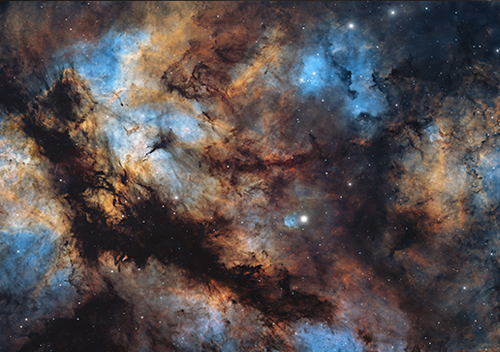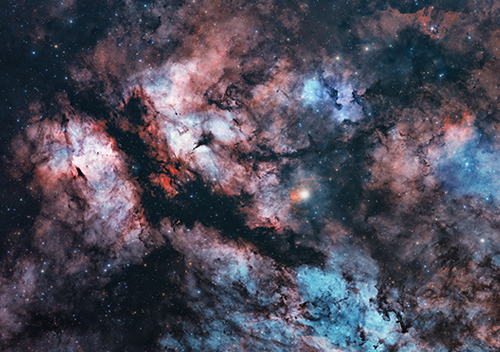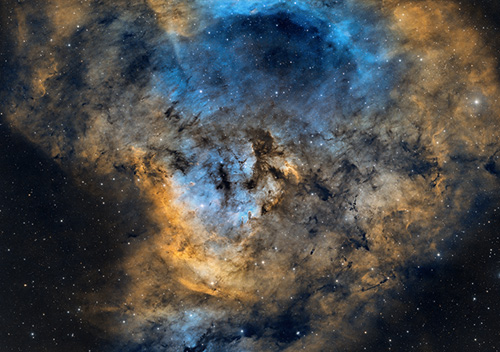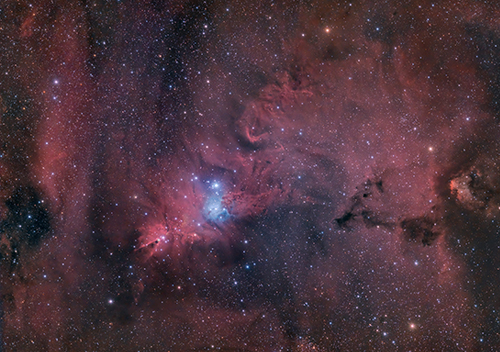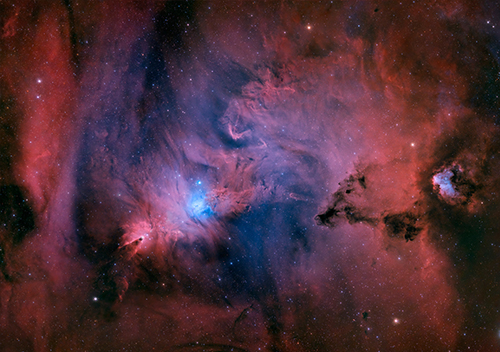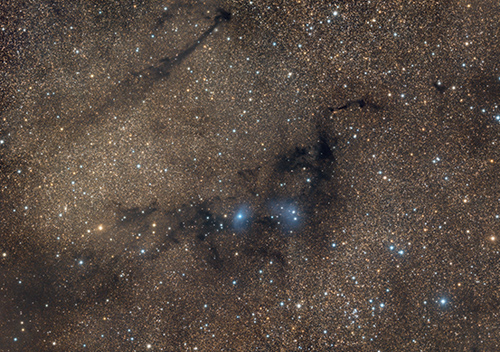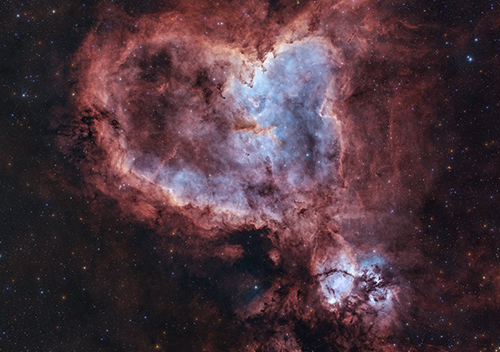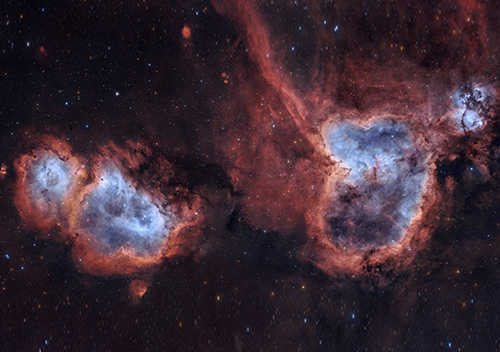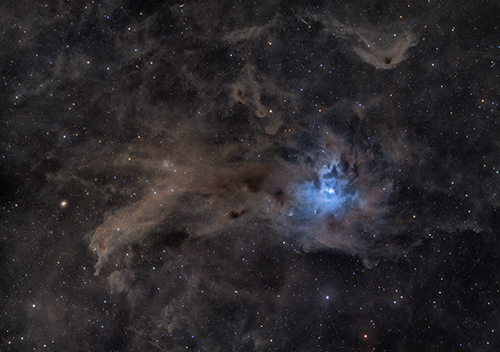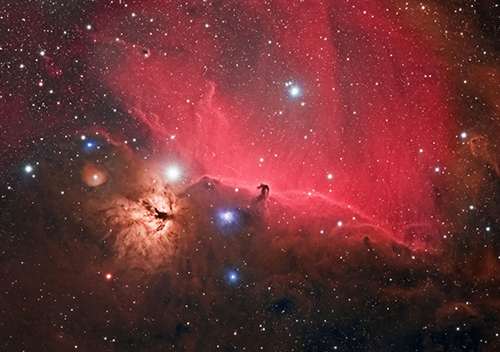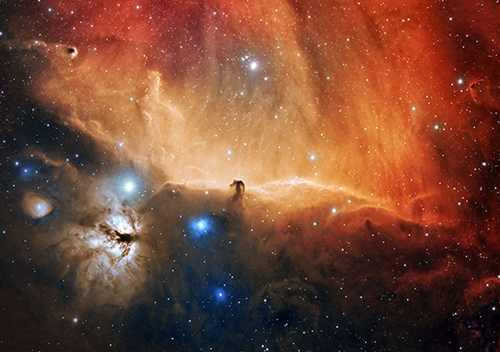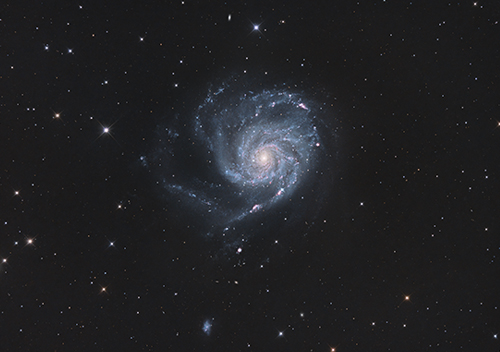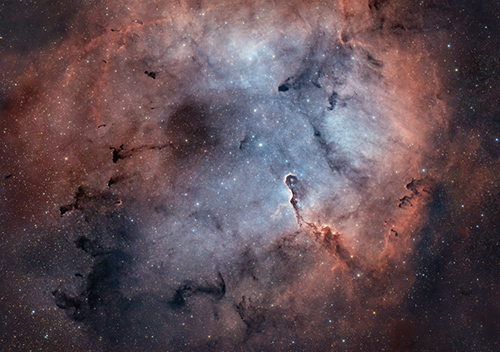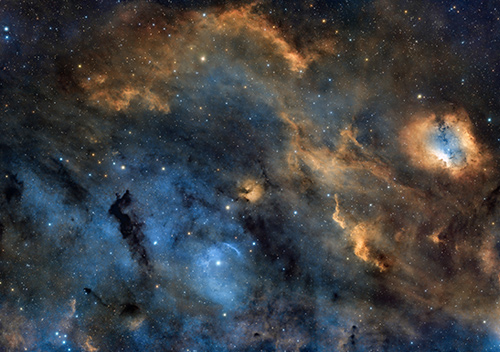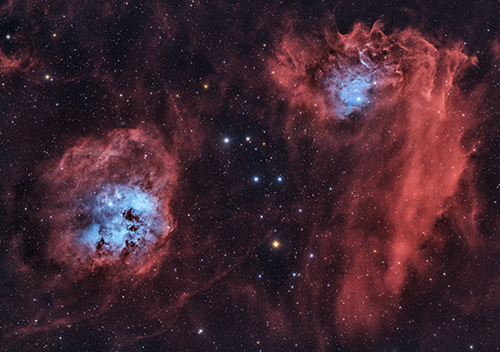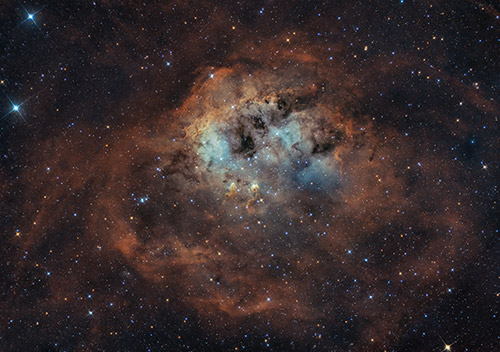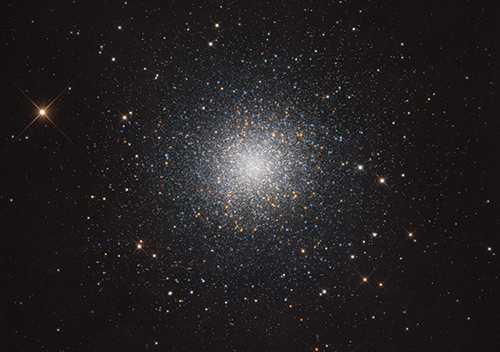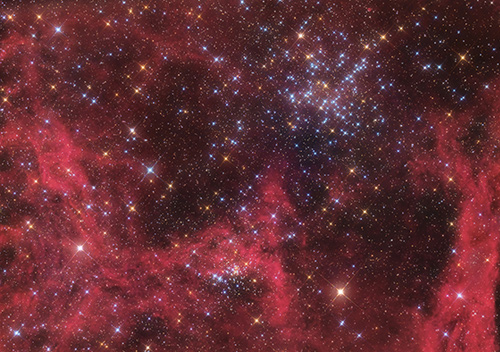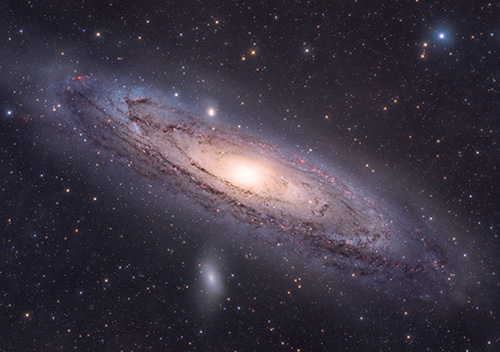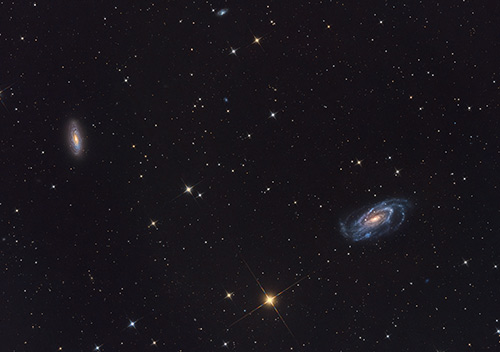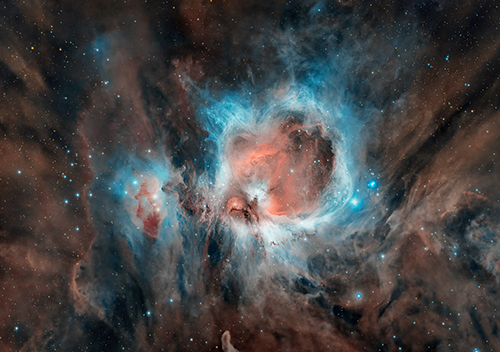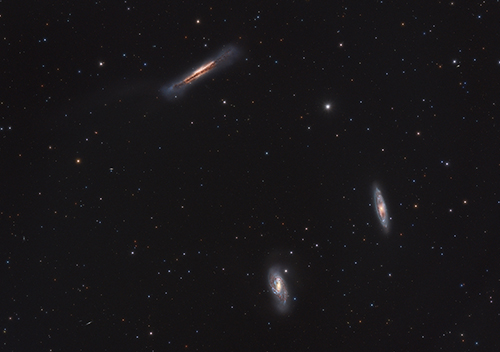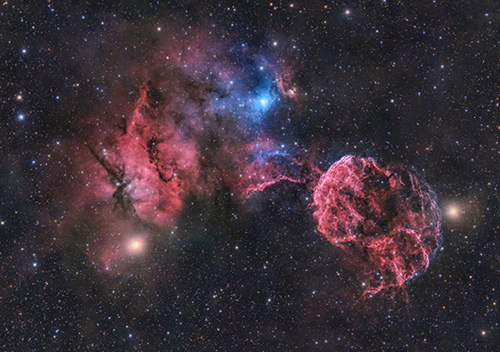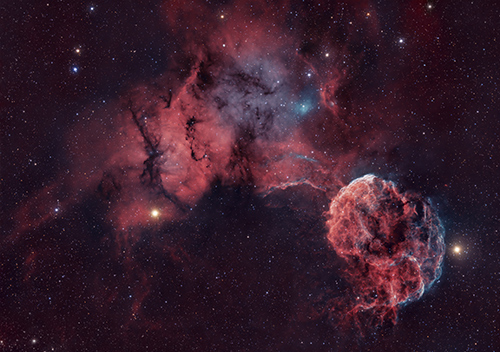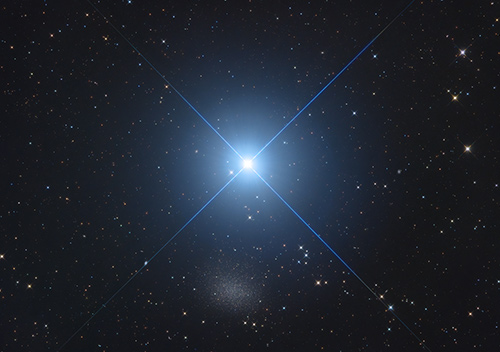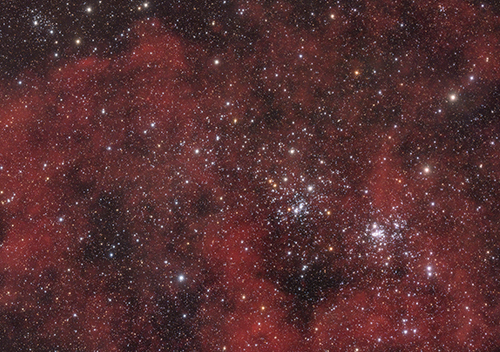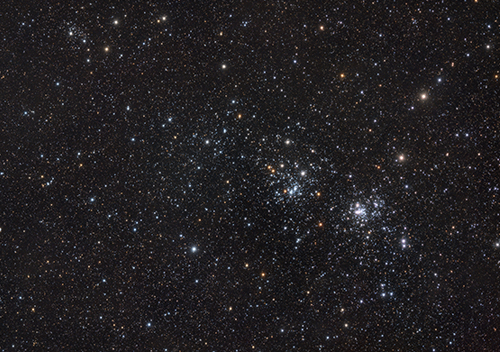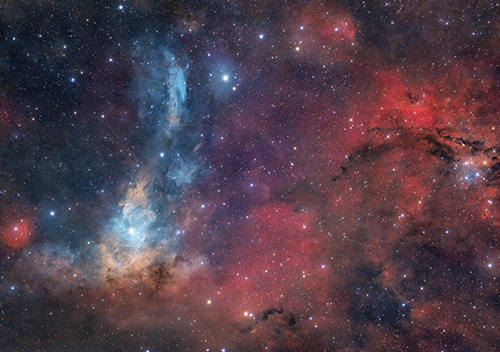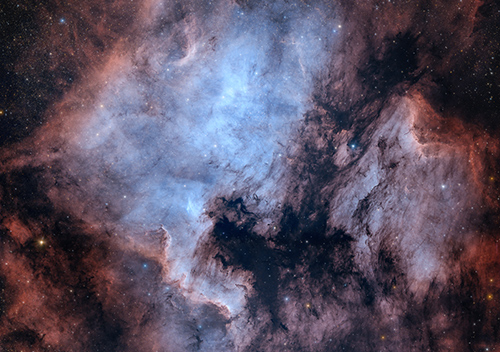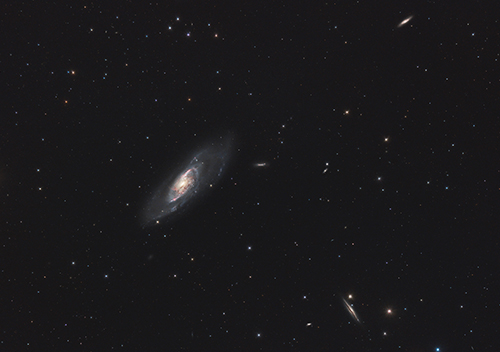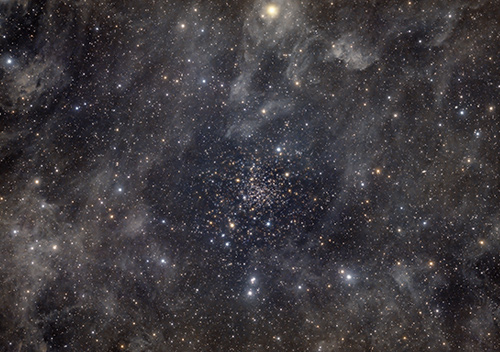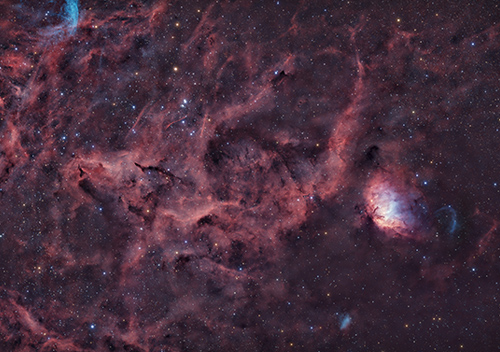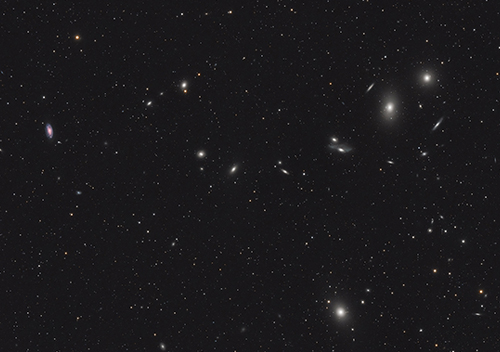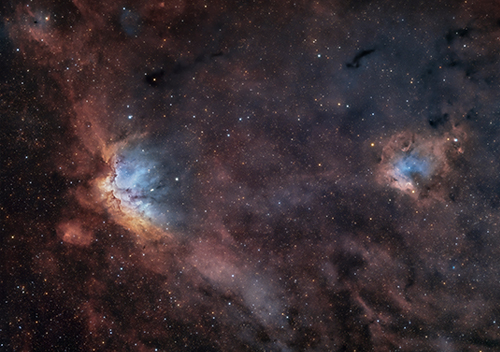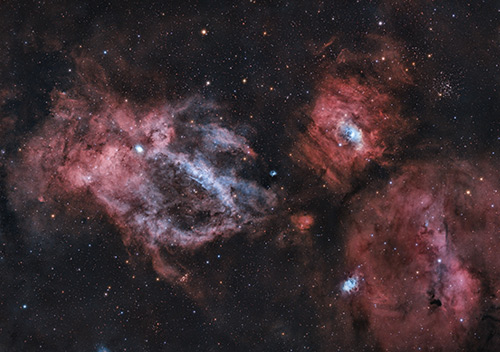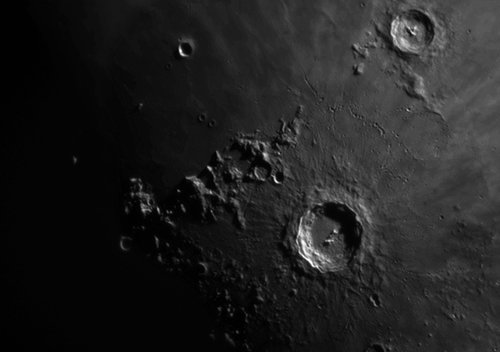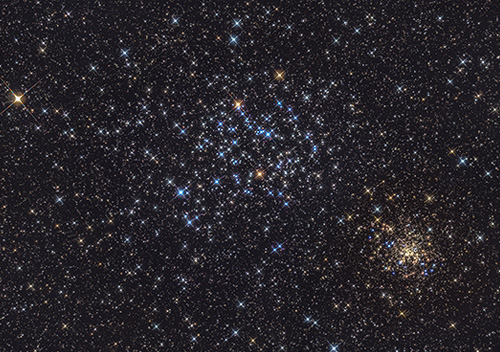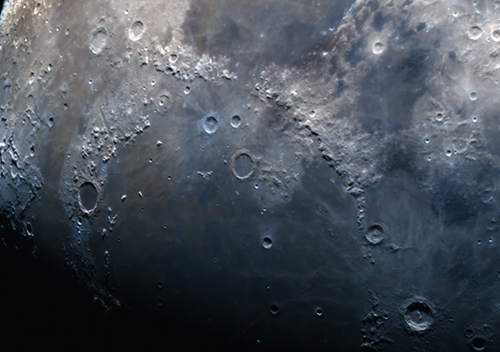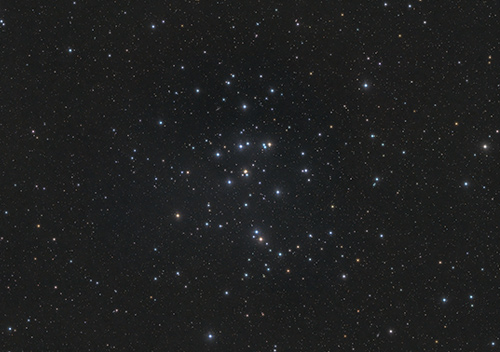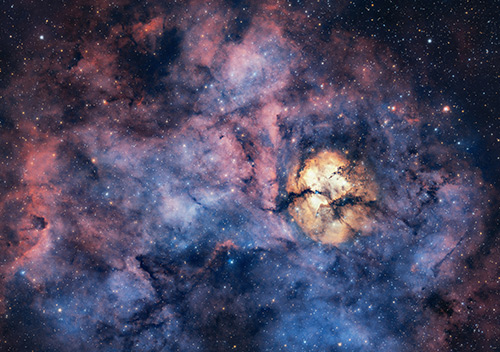
The Heart and Soul Nebula
IC 1805 & IC 1848
The Heart Nebula (IC 1805 or Sharpless 2-190) is some 7500 light years away from Earth and is located in the Perseus Arm of the Galaxy in the constellation Cassiopeia. It was discovered by William Herschel on 3 November 1787. It is an emission nebula showing glowing ionized hydrogen gas and darker dust lanes. The brightest part of the nebula (a knot at its western edge) is separately classified as NGC 896, because it was the first part of the nebula to be discovered.
The nebula's intense red output and its morphology are driven by the radiation emanating from a small group of stars near the nebula's center. This open cluster of stars, known as Collinder 26 or Melotte 15, contains a few bright stars nearly 50 times the mass of our Sun, and many more dim stars that are only a fraction of our Sun's mass. The Heart Nebula is also made up of ionised Oxygen and Sulfur gasses, responsible for the rich blue and orange colours seen in narrowband images. The shape of the nebula is driven by stellar winds from the hot stars in its core. The nebula also spans almost 2 degrees in the sky, covering an area four times that of the diameter of the full moon.
Several small open clusters are embedded in the Soul Nebula: CR 34, 632, and 634 and IC 1848. The object is more commonly called by the cluster designation IC 1848. This complex is the eastern neighbor of IC1805 (Heart Nebula) and the two are often mentioned together as the "Heart and Soul".

The nebula's intense red output and its morphology are driven by the radiation emanating from a small group of stars near the nebula's center. This open cluster of stars, known as Collinder 26 or Melotte 15, contains a few bright stars nearly 50 times the mass of our Sun, and many more dim stars that are only a fraction of our Sun's mass. The Heart Nebula is also made up of ionised Oxygen and Sulfur gasses, responsible for the rich blue and orange colours seen in narrowband images. The shape of the nebula is driven by stellar winds from the hot stars in its core. The nebula also spans almost 2 degrees in the sky, covering an area four times that of the diameter of the full moon.
Several small open clusters are embedded in the Soul Nebula: CR 34, 632, and 634 and IC 1848. The object is more commonly called by the cluster designation IC 1848. This complex is the eastern neighbor of IC1805 (Heart Nebula) and the two are often mentioned together as the "Heart and Soul".
Image Details
| Date |
October 8, 2021 |
| LOCATion |
Hannover (Germany) |
| Sky Quality |
Bortle 5 |
| Telescope |
Celestron RASA 8 (203/400 f/2) |
| Mount |
Skywatcher EQ6-R Pro |
| Main Camera |
ZWO ASI 2600 MC Pro Gain 100, Offset 18, -10 |
| Focuser |
Celestron Motorfocus |
| Filter |
IDAS NBZ Dualbandfilter |
| Exposure |
Ha & OIII: 29 × 240″ (1h 56′) per panel RGB (stars): 50 × 5″ (4′ 10″) Total: 5h 44′ 10″ |
| Guiding |
ZWO ASI 462MC, PHD2 |
| Calibration |
Flats, Darks, Darkflats |
| Software |
N.I.N.A., EQMod |
| Other |
Artesky Filterholder |
| Processing |
Astropixelprocessor, Photoshop, Pixinsight |

Gallery
